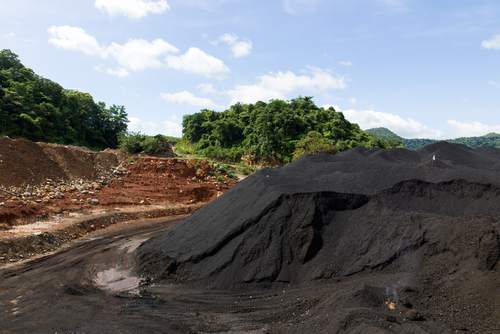The National Research Council of the Philippines (NRCP) urged lawmakers to draft laws requiring mining companies in the county to include the usage of bioremediation technologies in their rehabilitation plans for mined-out areas.
In a research conducted by NRCP member Nelly Aggangan titled “Bioremediation Strategies for rehabilitation of Abandoned Mine Tailing Area in Mogpog, Marinduque”, trees flourish in areas previously subjected to mining activities through the aid of bioremediation technologies.
“We should adopt and replicate this technology – and this technology will address the environmental and health issues in the mining industry,” she said during the NRCP-Legislative Scientific Forum for Policy Development.
Bioremediation is the process of using microorganisms to clean up contaminated sites as a biological response to environmental abuse.
Aggangan found out through her research that with the treatment of fungi and bacteria, seedlings show a higher survival rate of 95 percent due to an intensified tolerance to high acidity and heavy presence of metals such as copper, lead, cadmium, and zinc in the soil.
The National Institute of Molecular Biology and Biotechnology (BIOTECH), University of the Philippines Los Baños (UPLB) researcher explained how symbiosis exists between the fungus and the root of the host plant where the fungus colonizes the root system facilitating increased water and nutrient uptake.
Currently, Philippine mining companies are required to rehabilitate mining areas after their operation stops.
During a forum at the House of Representatives in Quezon City, Agganan seeks the support of lawmakers in putting the replication of her research into a mandate in order to make rehabilitation programs of mined areas more effective.














